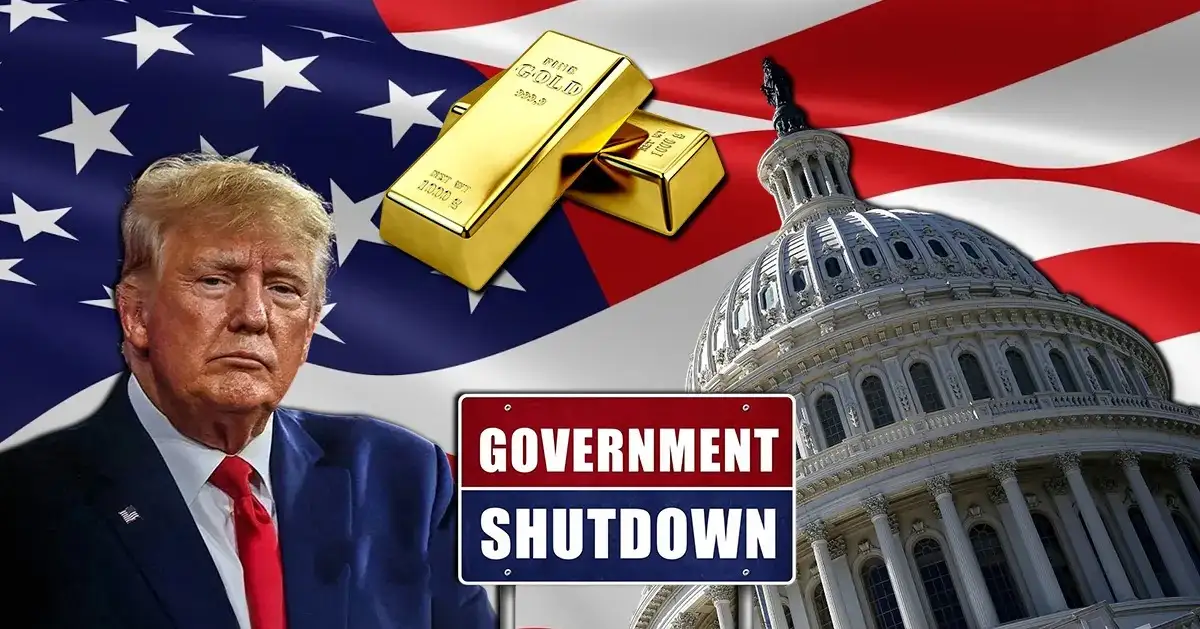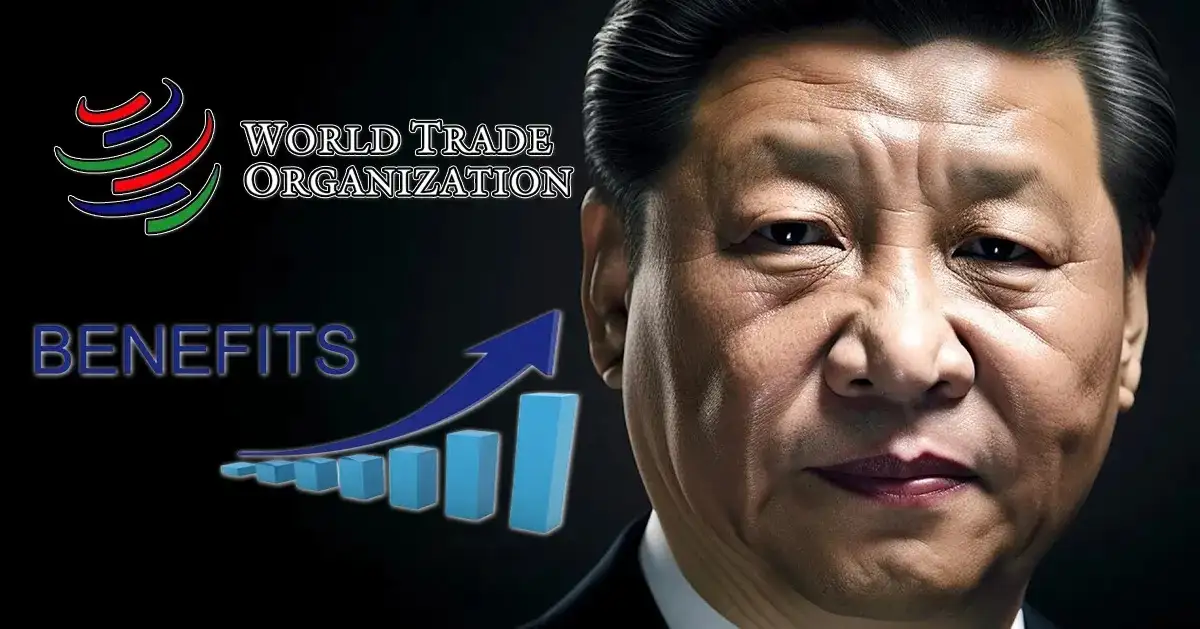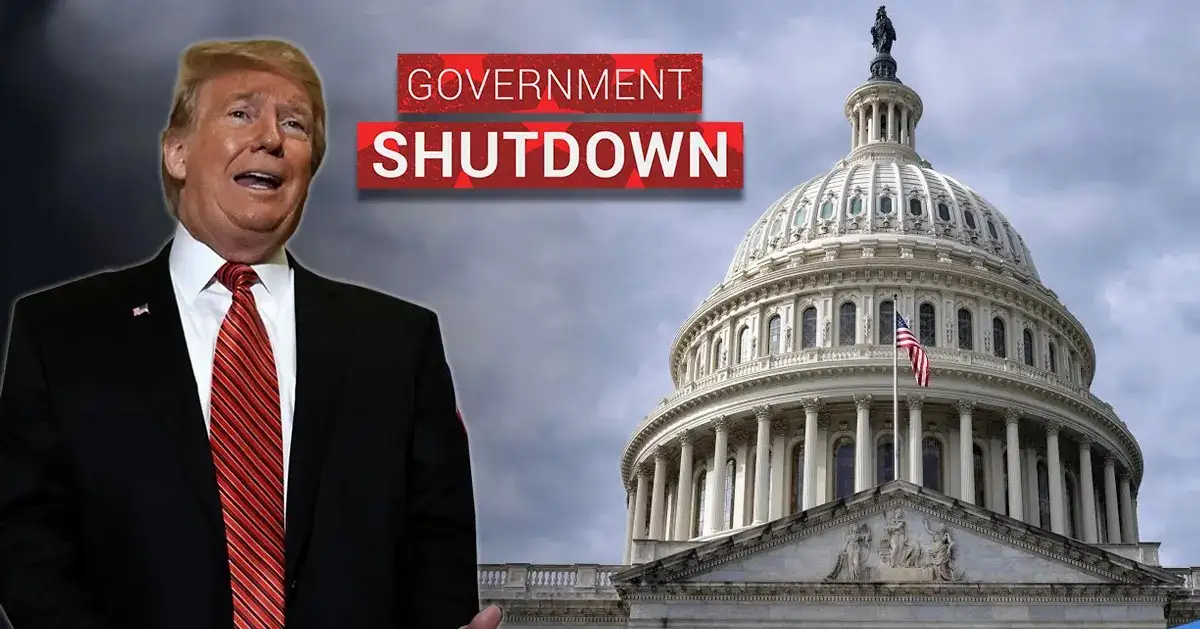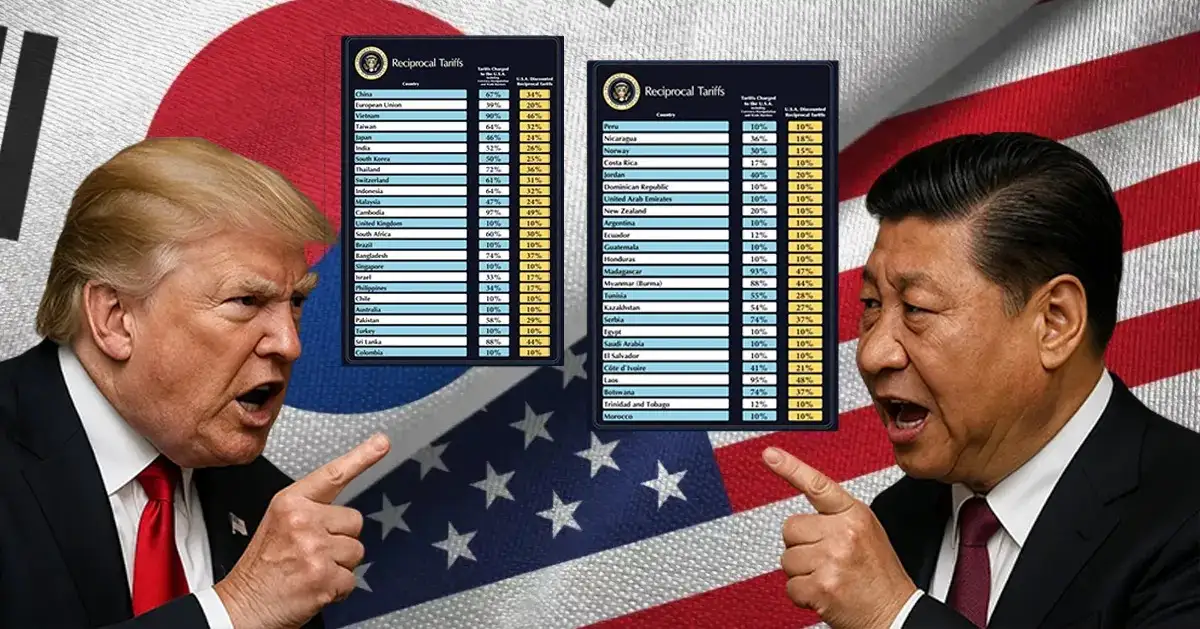Gold Rallies to Fresh Record on US Government Shutdown Jitters
Gold’s surge past $3,875.53 per ounce this week is more than a reaction to Washington’s budget standoff. It’s a referendum on global trust in institutional stability. As the U.S. government edges toward its first shutdown in seven years, the metal’s four-day rally underscores a broader erosion of confidence in fiat systems, central bank independence, and timely economic data.
Investors Seek Safety as Shutdown Threatens Key Economic Data
Nicholas Frappell, who is Global Head of Institutional Markets at ABC Refinery, states that “Gold is benefiting from concerns over a weaker dollar, and the political situation with the standoff about a government shutdown in the U.S., and also general geopolitical uncertainty”.
His assessment reflects a growing disturbance, but not about the shutdown itself. It’s about the indirect effects on data transparency and monetary policy.
A delay to key releases like the nonfarm payroll report may likely happen because of the shutdown. While we all know markets heavily rely on such key releases to gauge economic health.
With the JOLTS report already showing a decline in hiring and marginal job growth, the absence of fresh data could distort investor decisions and deepen volatility.
Gold’s 47% Year-To-Date Gain The Strongest Since 1979
This gain is driven by more than safe-haven demand. In September, the ETF inflows were the highest in three years. It’s a clear signal of institutional repositioning and restructuring.
Central banks, particularly in Asia and the Middle East, have increased gold purchases. It is raising concerns over both dollar exposure and geopolitical risk.
According to Michael Hsueh, Deutsche Bank’s precious metals analyst, “It is difficult to see an immediate end, and we are projecting further strength in the near term,”.
His view aligns with market pricing as the CME FedWatch Tool shows an 88% probability of a rate cut in October and 65% in December, reinforcing gold’s appeal in a low-yield environment.
The Rally Has Exposed The Institutional Fragility
The Federal Reserve is facing internal discord. Boston Fed President Susan Collins advocates for easing, saying, “Further rate reductions may be appropriate this year given a weaker labor market.”
At the same time, Lorie Logan, Dallas Fed President, warns that “Policymakers should be cautious… while inflation remains above target.”
This divergence signals a fractured policy consensus at a critical time. The Fed’s independence is under scrutiny, especially after Governor Lisa Cook’s legal battle to retain her position amid political pressure.
Such tensions erode investor faith in the central bank’s ability to act decisively and impartially.
Silver’s Surge and India’s Festive Gold Demand Add Global Momentum
Silver’s 60% rise this year, nearing its all-time high at $47.56 per ounce, is another underreported signal. Unlike gold, silver’s rally is also driven by industrial demand and supply deficits, pointing to structural tightness rather than just sentiment.
In India, domestic gold prices surged during Navratri and Dussehra, with 24-karat gold hitting ₹11,831 per gram in Mumbai.
Aksha Kamboj, Vice President of IBJA, noted that “The investment mood in India has decidedly turned bullish on bullion… unless global monetary policy surprises or dollar strength returns, the price of gold should remain elevated.”
Beyond Fear, Rally Is More About Restructuring
Investors are rethinking risk and questioning data reliability for their investment safety and expected ROIs. They are hedging against institutional drift and central banks, along with the dollar itself, prices. Gold’s ascent is not a refuge from the system; it is a mirror held up to the system.







